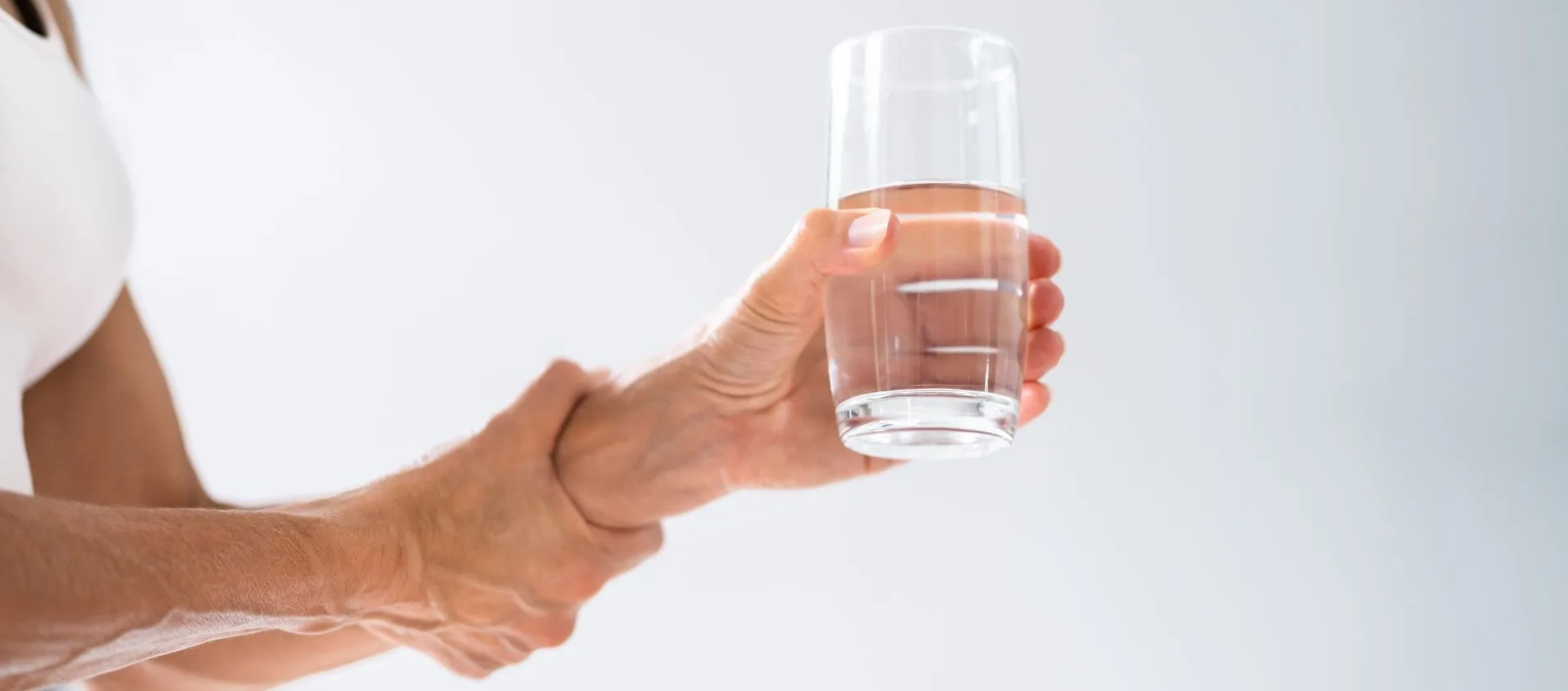
Dystonia is a neurological movement disorder that causes involuntary muscle contractions, which can lead to twisting, repetitive movements, abnormal postures, or tremors. These movements may be painful, may worsen with stress or activity, and can affect one part of the body (focal), several parts (segmental), or the entire body (generalized).
Types of Dystonia
Dystonia can appear at any age and varies widely in how it presents. Common types include:
- Cervical Dystonia (Spasmodic Torticollis): Affects neck muscles, causing the head to twist or tilt
- Blepharospasm: Involuntary blinking or eye closure
- Oromandibular Dystonia: Affects the jaw, lips, or tongue
- Laryngeal Dystonia (Spasmodic Dysphonia): Affects voice control
- Writer’s Cramp: Affects the hand and forearm during writing
- Generalized Dystonia: Involves multiple body parts and is more common in childhood-onset cases
Causes of Dystonia
The exact cause is often unknown. Dystonia may be:
- Primary (Idiopathic): Often genetic, no other identifiable cause
- Secondary: Caused by another condition (e.g., stroke, brain injury, Parkinson’s disease, medication side effects)
Diagnosis
There is no single test for dystonia. Diagnosis is based on:
- Detailed medical history
- Neurological examination
- Genetic testing (in some cases)
- Brain imaging to rule out structural causes
A movement disorder specialist is often best equipped to make the diagnosis.
Treatment Options
While there is no cure for dystonia, many treatment options are available to reduce symptoms and improve function and quality of life.
1. Botulinum Toxin Injections (Botox®) (NeuroMotion Telehealth is currently NOT offering this but we can refer you to someone who can help with appointment for botox injections)
- Often the first-line treatment for focal dystonias
- Injections are placed directly into overactive muscles every 3–4 months
- Helps reduce involuntary contractions and pain
- Particularly effective for cervical dystonia, blepharospasm, and limb dystonia
2. Oral Medications
These may help in some cases, especially when Botox isn’t sufficient or if multiple body parts are affected:
- Anticholinergics (e.g., trihexyphenidyl): Help block abnormal signals in the brain
- Muscle relaxants (e.g., baclofen): Reduce muscle tone and spasms
- Benzodiazepines (e.g., clonazepam): Help reduce muscle contractions and anxiety
Note: Medications may have side effects such as sedation, memory changes, or dry mouth.
3. Physical and Occupational Therapy
- Helps maintain flexibility and range of motion
- Improves posture, balance, and function
- Teaches adaptive strategies to cope with symptoms
4. Speech Therapy
- Recommended for those with oromandibular or laryngeal dystonia
- Focuses on breath control and voice techniques
5. Advanced Therapies
Used in people with severe, generalized, or medication-resistant dystonia.
- Deep Brain Stimulation (DBS):
- Involves surgical placement of electrodes in the brain to regulate abnormal signals
- Most effective in generalized dystonia or severe cervical dystonia
- FDA-approved for certain dystonia types
Living with TD
Dystonia can affect daily activities, work, communication, and emotional well-being. It’s important to seek care from a team experienced in movement disorders, like the providers at NeuroMotion Telehealth.
We understand the impact of dystonia and are here to help guide you with expert care and compassionate support.
At NeuroMotion, we provide:
- Expert evaluation via telehealth
- Personalized treatment plans including referrals
- Ongoing education and support
- Coordination with neurosurgeons or other specialists
We're Here to Help!
If you or a loved one is living with dystonia, we’re here to help. Schedule a consultation with our team at NeuroMotion Telehealth and take the first step toward improved movement and quality of life.
